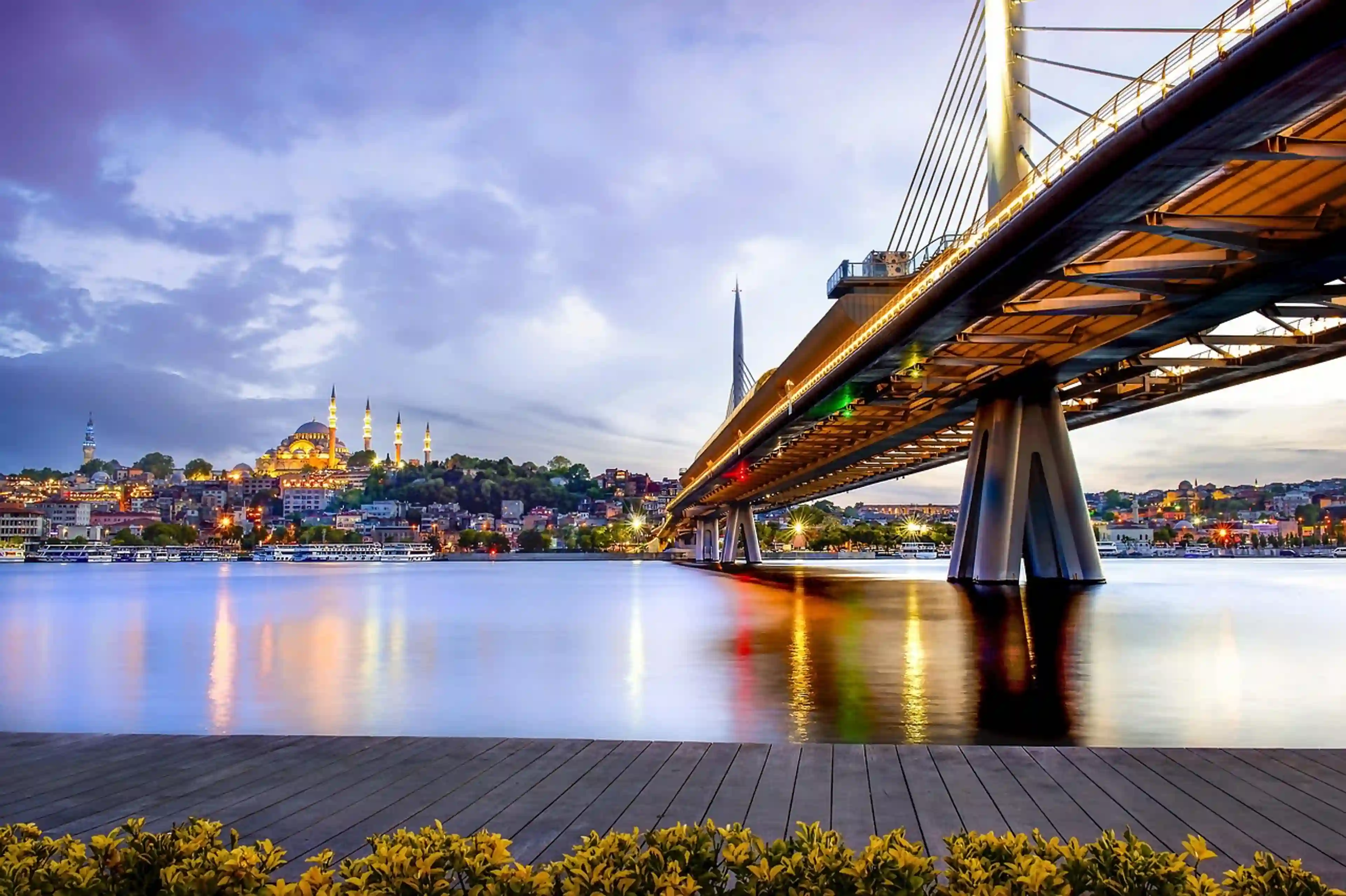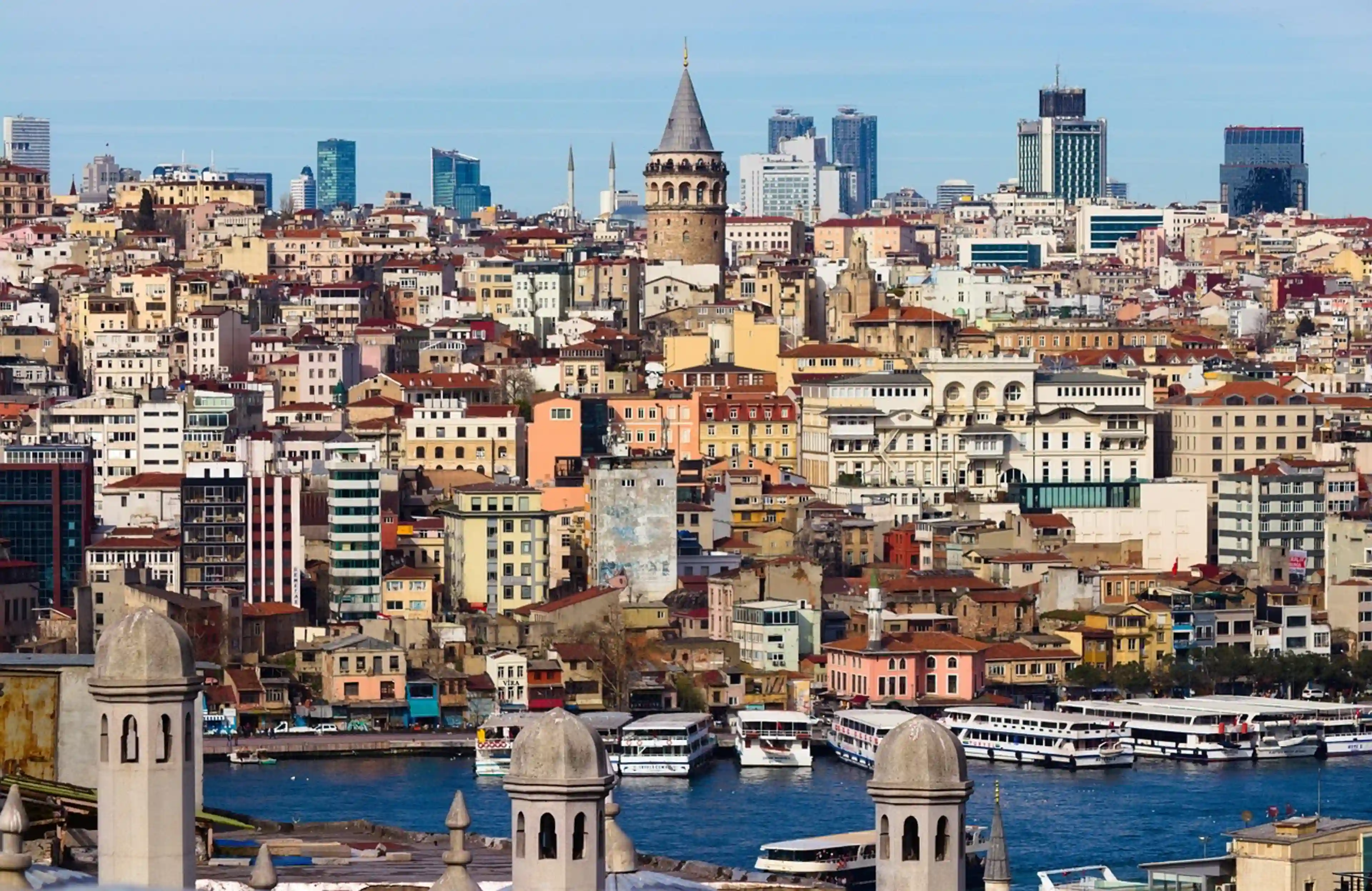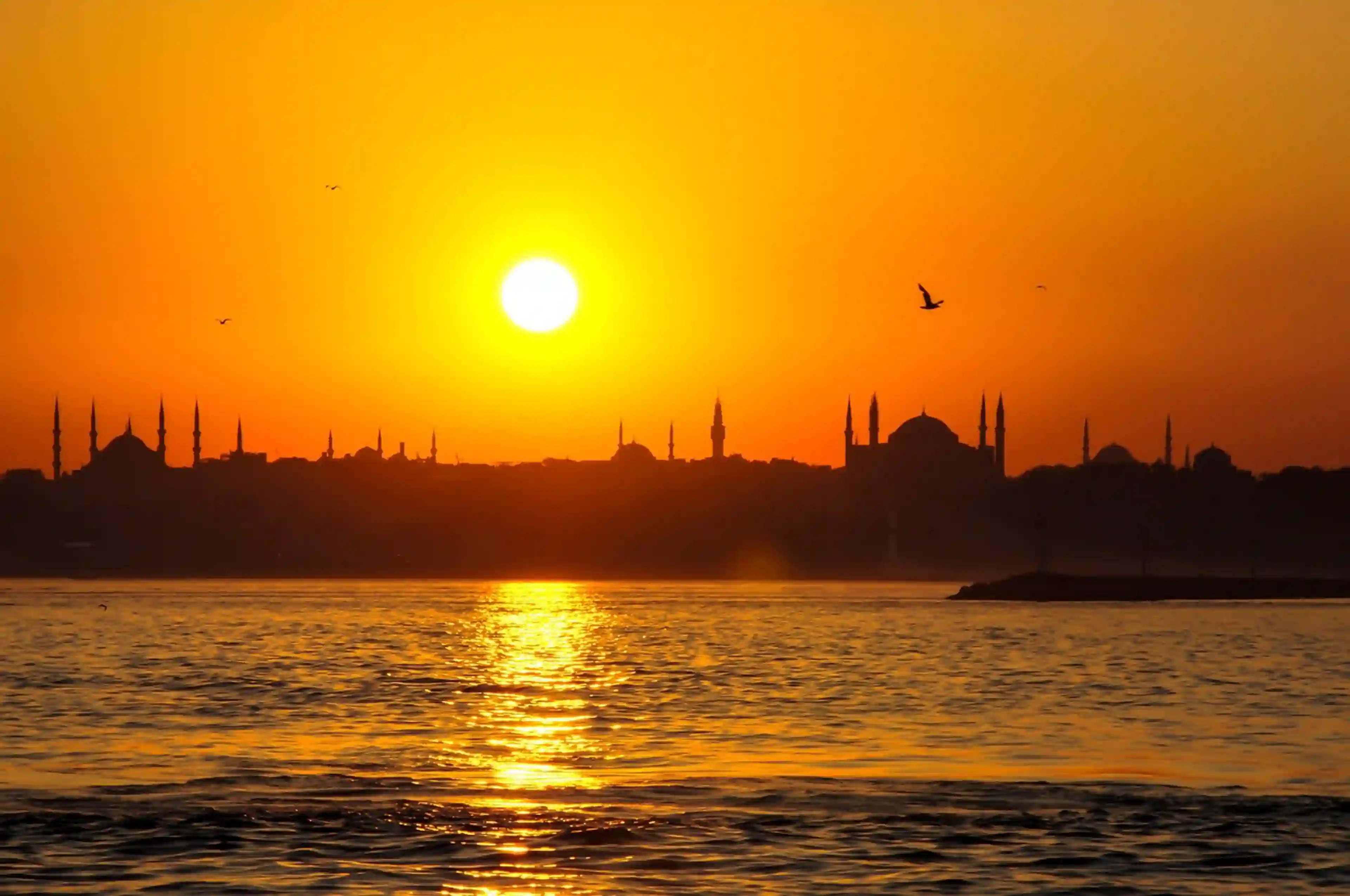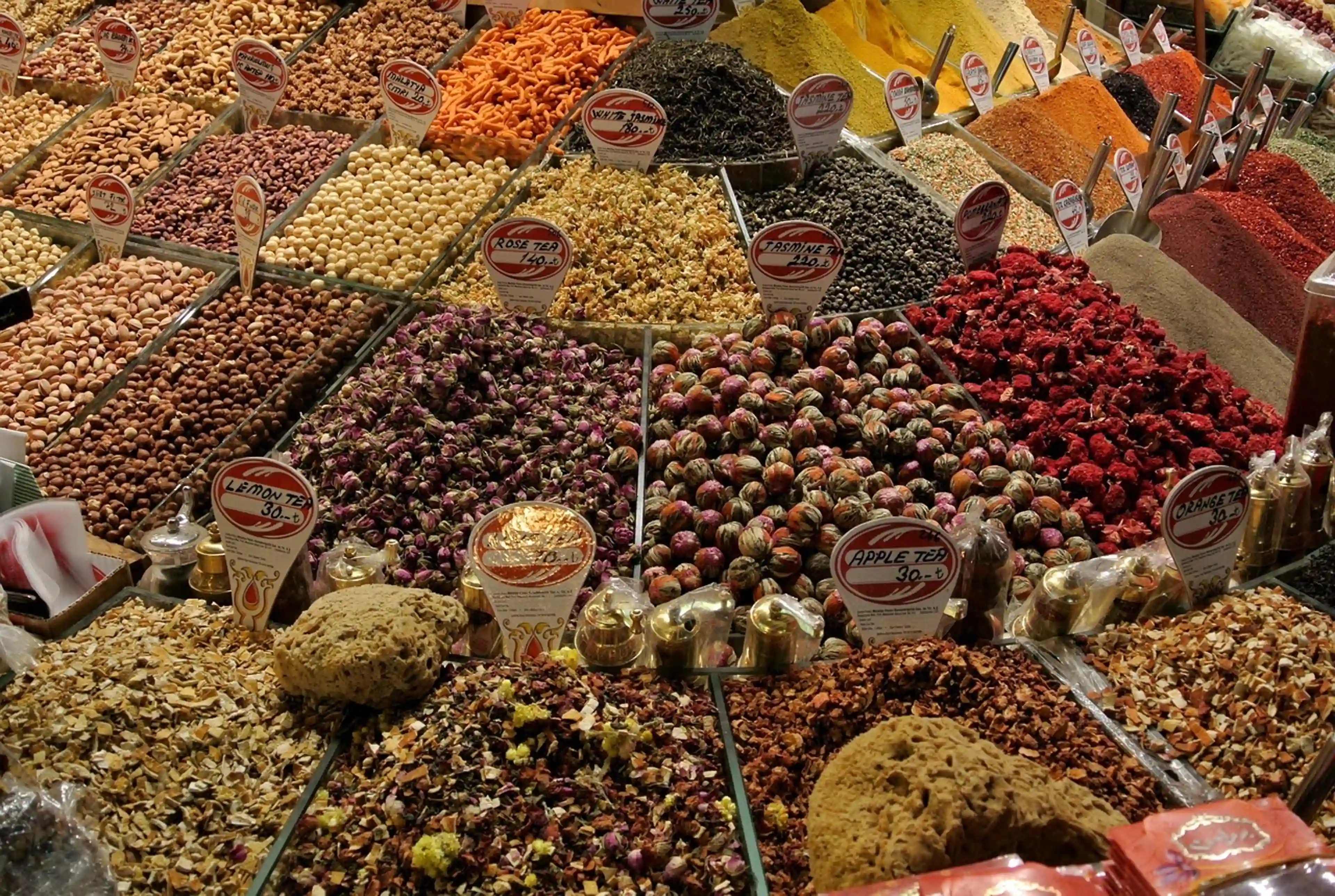Istanbul
General presentation
Top 50
History, culture & traditions
Travel advice
Wikipedia
Viator activities
Tiqets activities
Overall presentation
Formerly Byzantium then Constantinople, Istanbul is today the largest city in Turkey and one of the most populous metropolises in the world. This millennia-old city fascinates with its extraordinary historical and cultural heritage, a result of its prestigious past as the capital of several successive empires. A true crossroads between the East and the West, this cosmopolitan city attracts millions of visitors each year, charmed by the richness of its heritage and the diversity of its neighborhoods.
Geographical situation
The city occupies a unique geographical position, straddling two continents: Europe and Asia. The Bosphorus Strait, which runs through the metropolis, connects the Black Sea to the Sea of Marmara, giving the city major geopolitical importance throughout its history. The Golden Horn, a natural inlet of the Bosphorus, divides the European part into two distinct areas, creating an urban landscape of stunning beauty where water and land blend harmoniously.
Atmosphere and character
Istanbul radiates a dynamic and vibrant energy, where ancient traditions and modernity elegantly coexist. Each neighborhood reveals its own personality: from the cobbled, history-laden streets of Sultanahmet to the lively, contemporary avenues of Beyoğlu. The city pulses to the rhythm of a bustling nightlife, colorful markets with intoxicating scents, and an ever-renewing artistic scene, offering visitors an urban experience that is both rich and contrasting.
Climate
The city’s Mediterranean climate is tinged with continental and oceanic influences, creating marked seasonal variations. Summers are characterized by intense heat and notable humidity, while winters can be harsh with abundant rainfall and sometimes snowfall. This climatic diversity adds to the charm of the destination, with each season revealing a different face of the metropolis.
Best season to visit
The ideal periods for discovering the city extend from April to June in spring, and then from September to October in autumn. These seasons offer particularly pleasant temperatures and a more moderate tourist influx than in mid-summer. The appeal of these times is further enhanced by a rich cultural calendar, notably with the International Film Festival in April and the prestigious Biennale in September, which significantly enrich the visiting experience.
Access
The city is primarily served by two international airports:
- Istanbul Airport (IST) : located about 30 kilometers northwest of the city center, it is one of the most important airport hubs in the world and the main gateway
- Sabiha Gökçen International Airport (SAW) : situated on the Asian side, it also hosts numerous international and domestic connections
Ground access is via a well-developed highway network, while maritime connections complement the arrival options thanks to port facilities.
Internal transport
The public transport network stands out for its diversity and extent:
- Metro : several interconnected lines serve the main neighborhoods
- Tramway : particularly convenient for exploring the historic center
- Buses : a dense network covers the entire urban area
- Ferries : a picturesque solution for crossing the Bosphorus and linking the European and Asian shores
- Cable cars : two lines facilitate access to elevated areas
The Istanbulkart, a rechargeable universal card, simplifies the use of all these modes of transport and is a practical investment for any stay.
Top 50
Wikipedia
Viator activities
Tiqets activities



